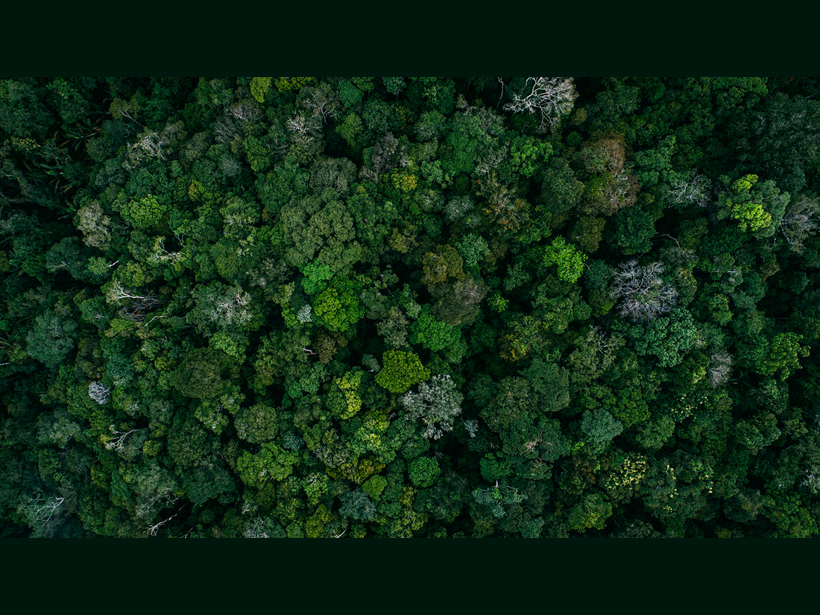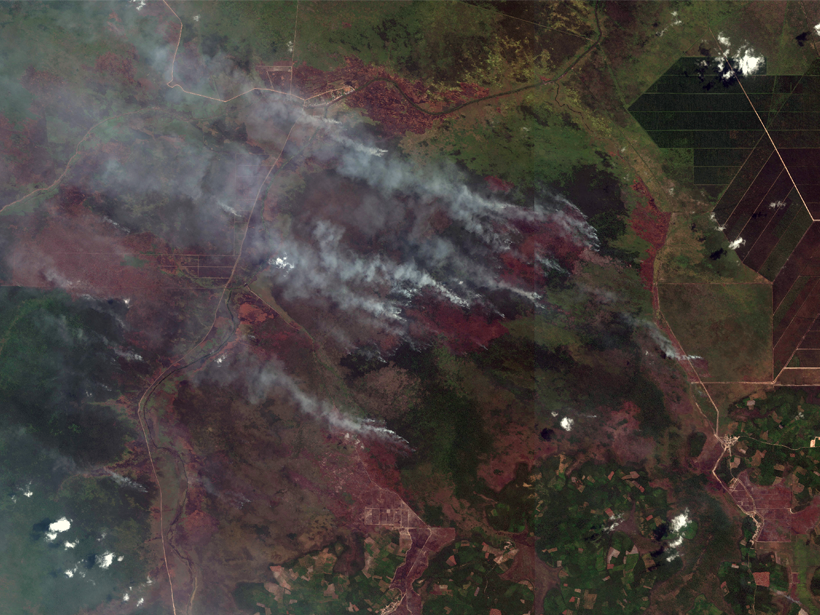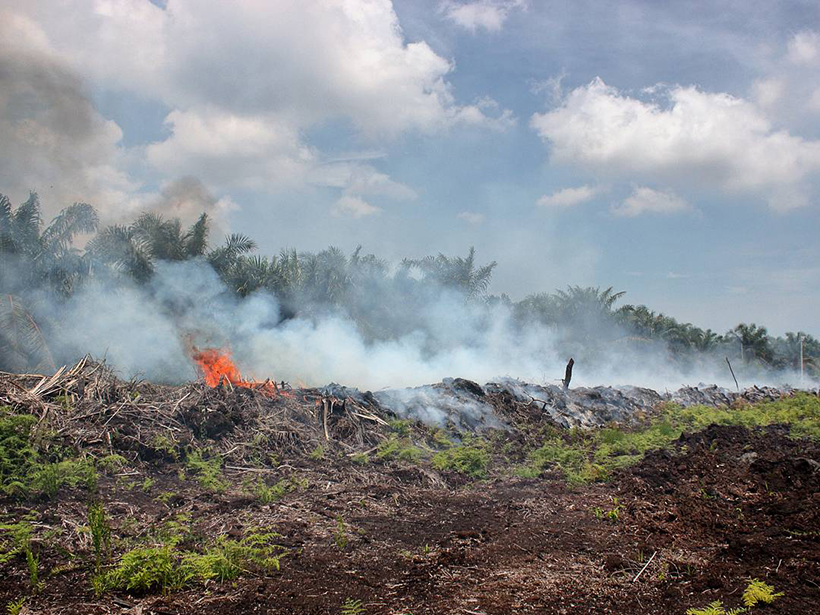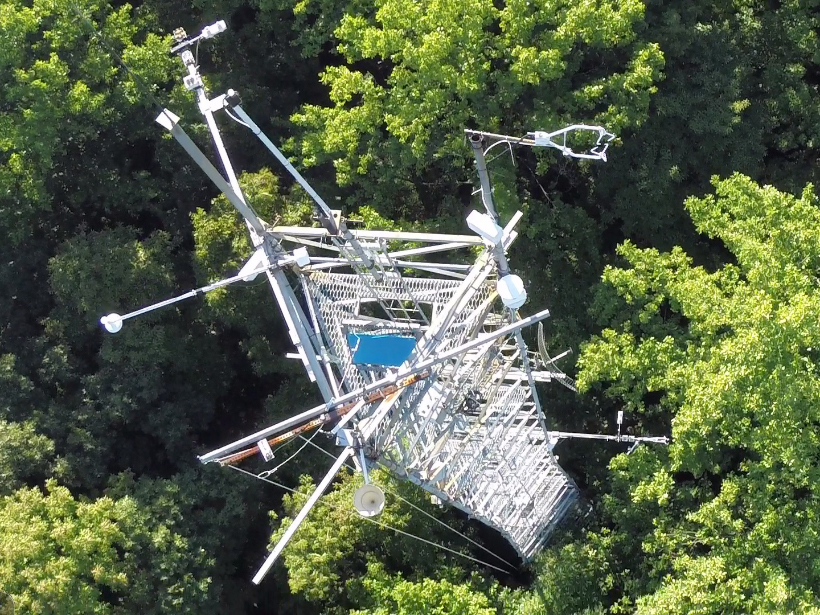Researchers use high-resolution satellite images to parse the effects of land use changes on the energy balance between the rain forest and the atmosphere.
deforestation
Ousted Head of Science Agency Criticizes Brazil’s Denial of Deforestation Data
Ricardo Galvão was fired from the institute that monitors deforestation in the Amazon. Now he and other scientists are speaking out against attacks on science.
Global Tree Cover Loss Continues but Is Down from Peak Highs
New data show that an area of tropical tree forest cover the size of Nicaragua was lost in 2018.
Will the Desert Darken Your Door?
Wildfires are becoming more common as climate changes. So too are the arid landscapes that spread in their wake.
Conserving Riverside Habitat Could Bolster Bottom Lines
Palm oil is in demand, and its agricultural footprint is expanding in the tropics. New research suggests that habitat buffers could improve conservation and prevent erosion that cuts into economic returns.
Measuring Emissions from Smoldering Peat Fires
A new study measures emission factors for tropical peatland fires in Malaysia.
Deforestation Effects as Different as Night and Day
Study investigates how deforestation can cause different land surface temperature effects depending on the time of day.
Smoke Signals in the Amazon
Forest fires can occur naturally, but in the world's largest rain forest, fire can signal large-scale deforestation.
The Pace of Change on Tropical Landscapes
Emerging Issues in Tropical Ecohydrology; Cuenca, Ecuador, 5–9 June 2016
Tropical Deforestation Accelerated Faster Than Initially Thought
New satellite-based analysis of forest cover in the humid tropics from 1990 to 2010 contradicts previous estimates of rate of loss.









